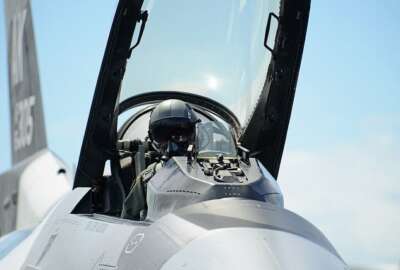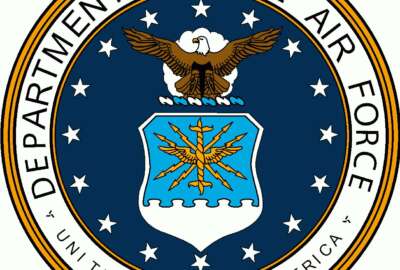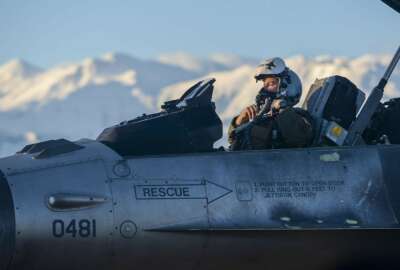
Air Force beefing up pilot pipeline in 2019 budget to deal with shortage
The Air Force wants to address its pilot shortage by building up its training program from 1,200 to 1,400 pilots a year.
The Air Force is using the 2019 budget to grow its force in problem areas and train airmen in critically needed positions.
The service has had issues in the past with retaining pilots, cyber experts and maintainers as the Air Force competes with private industry for talent.
Air Force Secretary Heather Wilson said the 2019 budget will increase recruitment in those areas and continue incentive programs.
Most notably, the Air Force is increasing the number of pilots it trains a year from 1,200 to 1,400.
Last year, Lt. Gen. Darryl Roberson, the Air Education and Training Command director said the Air Force needs to put out 1,600 a year to stay on track. He said he wanted to hit 1,400 in the next few years.
“We’ve added hours to be able to fly more to beef up our replacement training units,” Air Force Vice Chief of Staff Gen. Stephen Wilson said during a Feb. 14 press availability at the Pentagon.
Heather Wilson said the force is currently about 2,000 pilots short. That number has grown over the past couple years.
The Air Force is also getting creative with its pilot recruitment.
“We do have a couple of experiments to see if we can go faster. We are partnering with some local universities to see if we can take some of their students who have gone through one of their aviation programs. They already have their commercial multi-engine ratings and then can we pipeline them and not do the whole training, but just do the T-1 training and cut the pilot training in half, as well as experiment to see if we can use technology, some virtual reality and augmented reality to determine ‘Can I shorten that timeline?” Stephen Wilson said.
Last fall, the Air Force announced its second assignment in place program to keep pilots in their jobs.
“We’ve listened to our pilots and our aircrew and they said they want stability. It’s one of the big things they want for a lot of reasons — family, schools, spouses working — and so we take that limited career field of instructor pilots that’s at a base, and when they come up on their three year assignment, we are offering them a second assignment in place so we can give them six years at the same location and we retain that critical instructor pilot expertise that we are targeting. There seems to be a lot of interest in the field,” Brig. Gen. Michael Koscheski, director of the Air Force Aircrew Crisis Task Force, told Federal News Radio.
Both Air Force Chief of Staff Gen. David Goldfein and Air Force Secretary Heather Wilson had separate summits with private airlines in the past months.
“The chief’s big push is this is a national crisis. The airline industry is looking to double globally over the next 20 years, so this is a long-term growth in terms of the civilian market. They are short on pilots. It’s sort of a pipeline or cascading effect because the major airlines need more pilots, they are taking pilots from the regionals quickly and then the regionals are getting them from your civilian flying schools and they are struggling to keep up. We need to build a sustainable long-term model, where we have a larger pool of pilots nationally to pull from,” Koscheski said.
Maintainers
One shortage gap the Air Force is shoring up is with airmen who service aircraft. At one point the Air Force was in need of 4,000 maintainers.
“I think we are only short about 200 maintainers now,” Heather Wilson said. “The challenge with maintainers, we now have enough people, is getting them experience. You go through basic training, you go through your tech school, you arrive at your base and you’re really an apprentice and you’ve got to spend some time getting your skills up and then years more becoming a master at your craft. It’s really a question of training and seasoning our maintainers. We are now close enough to having enough maintainers. We just don’t have enough of those craftsmen who are supervising the apprentices.”
Copyright © 2025 Federal News Network. All rights reserved. This website is not intended for users located within the European Economic Area.
Scott Maucione is a defense reporter for Federal News Network and reports on human capital, workforce and the Defense Department at-large.
Follow @smaucioneWFED





